Latest
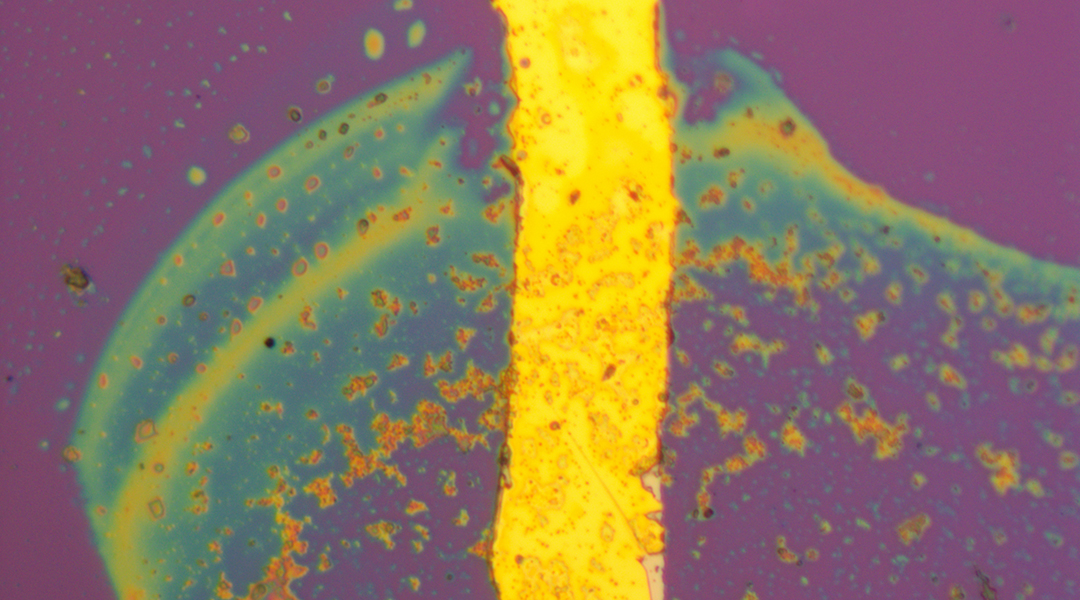
Diamond-based sensors measure temperatures on the nanoscale
Scientists have optimized nanodiamond sensors, with potential breakthroughs in electronics, medicine, and quantum tech.
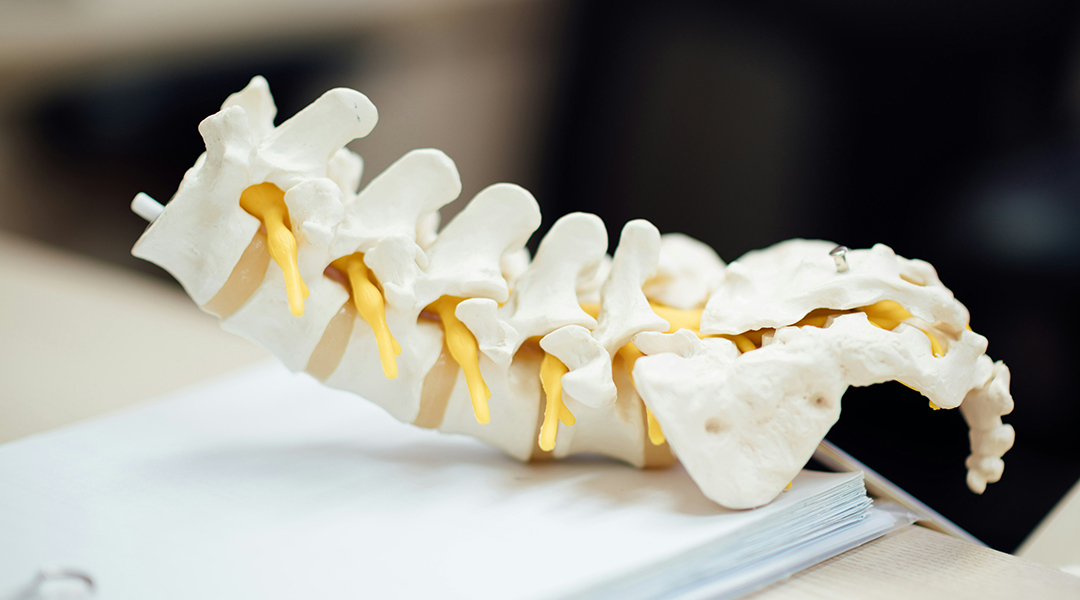
Using 3D printing to treat bone infections
A new biomaterial shows unprecedented success at eliminating bacteria that cause bone infections and promote the regrowth of injured bones.

A Big Ring in the sky challenges modern cosmology
The discovery of colossal structures like the Big Ring is reshaping established theories about the physics of the Universe.

Routine test misses 70% of gestational diabetes cases
A new study urges doctors to turn to more dependable tests to prevent the development of type II diabetes in mothers and children.
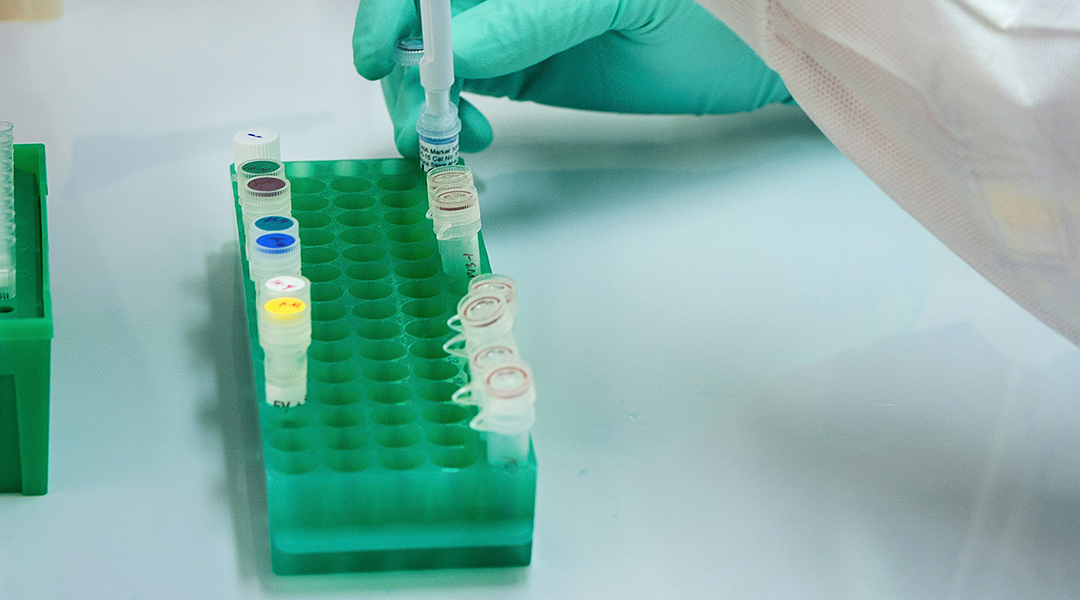
Decorated nanospheres boost chemotherapy and cut side effects
Scientists are using decorated nanoparticles to precisely target tumors with chemotherapy, effectively reducing side effects.

New memristor design could be a game-changer for AI and big data
Computers based on memristors promise significant energy savings and improved accuracy in large-scale computing.
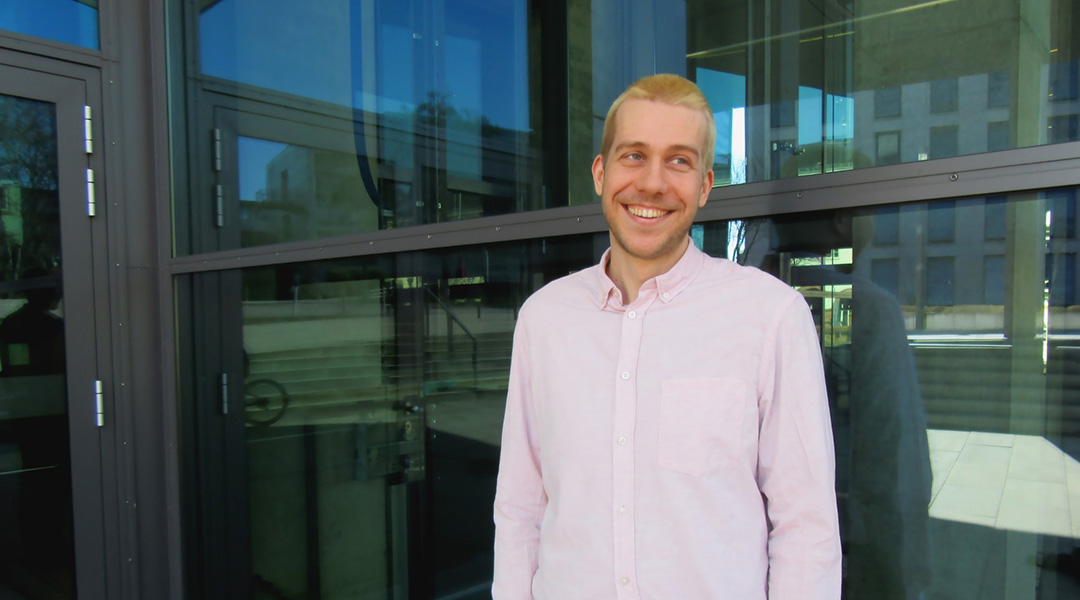
How research into existential risk will help safeguard humanity
Florian Jehn combines pragmatism with optimism when considering potential threats to human civilization.
ASN Weekly
Sign up for our weekly newsletter and receive the latest science news directly to your inbox.
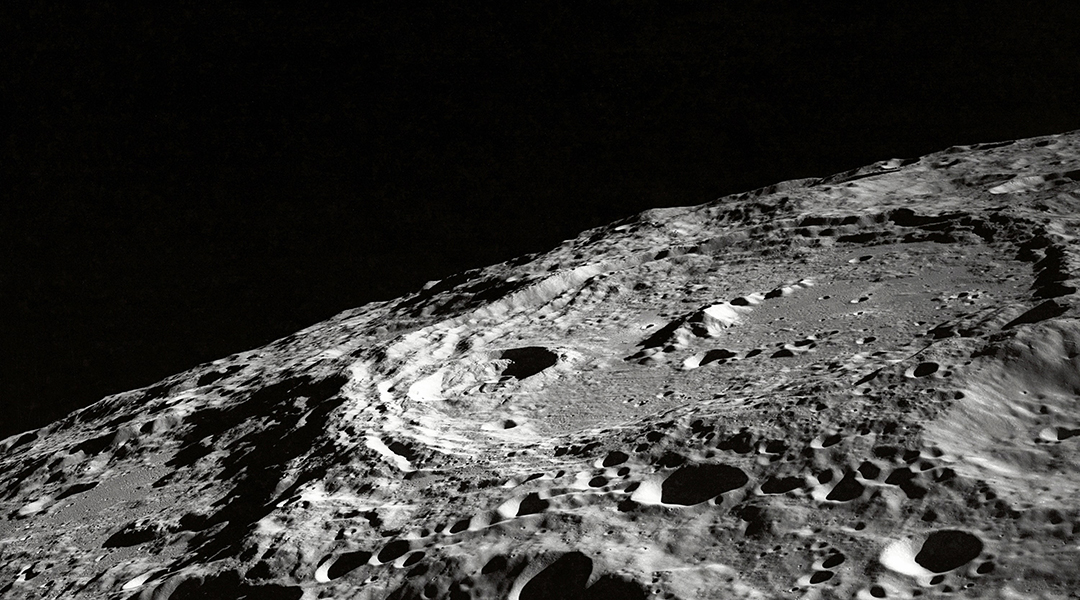
Moon soil catalyzes reactions needed to sustain a lunar settlement
Using solar energy, water, and lunar soil, scientists were able to carry out reactions needed to sustain human life on the Moon.
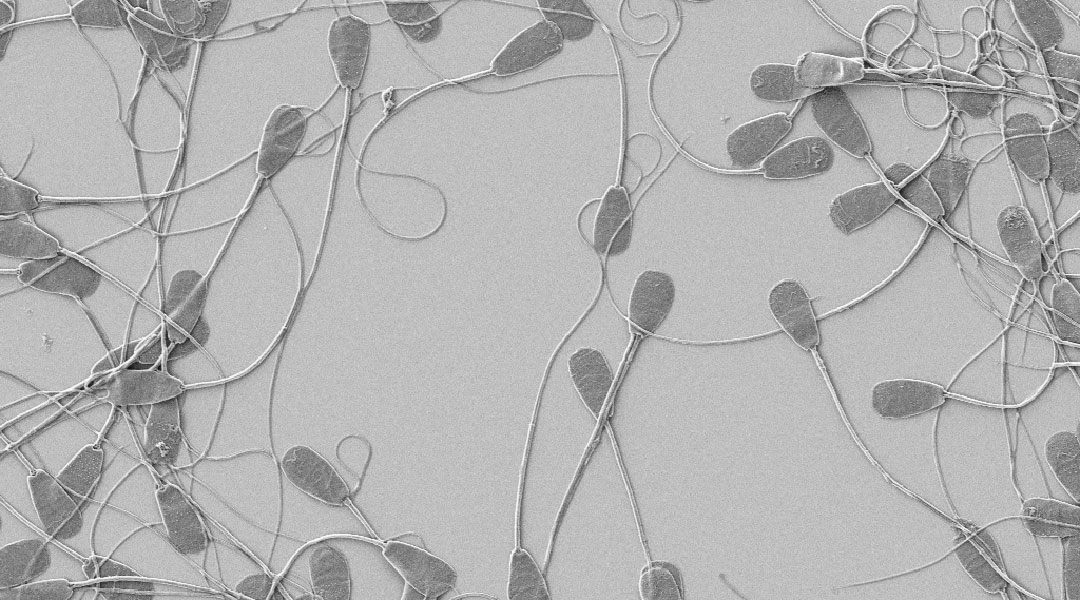
Copper nanoparticles an effective spermicide
Copper’s ability to hinder the motility of sperm makes it an ideal contraceptive, and researchers have now formulated it into a spermicide.
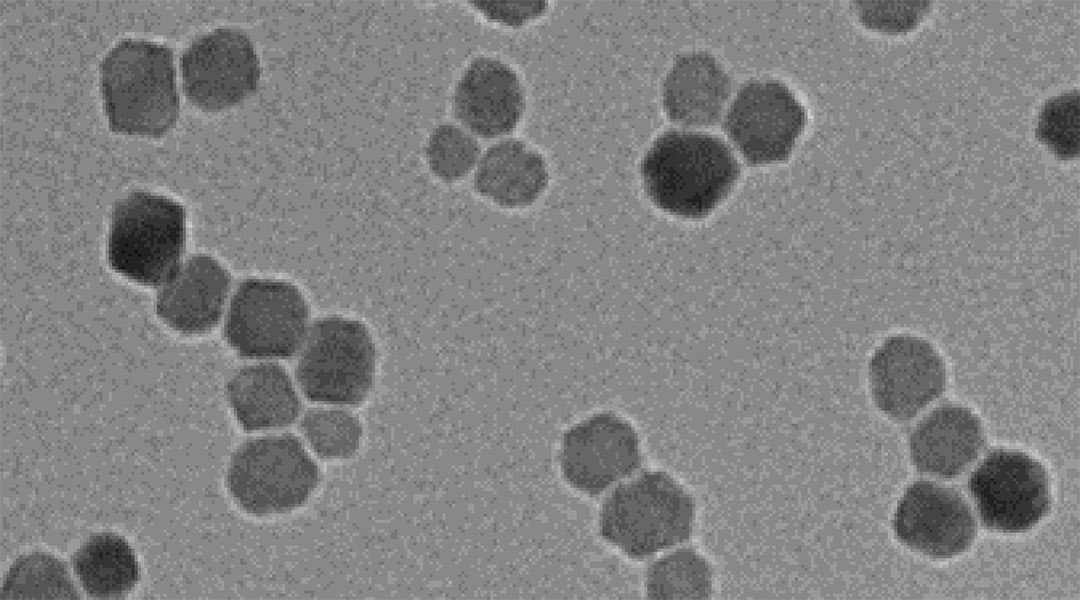
Endometriosis treated by heating magnetic nanoparticles
A non-surgical option for women who suffer from endometriosis, this nanoparticle therapy shows promising preliminary results.
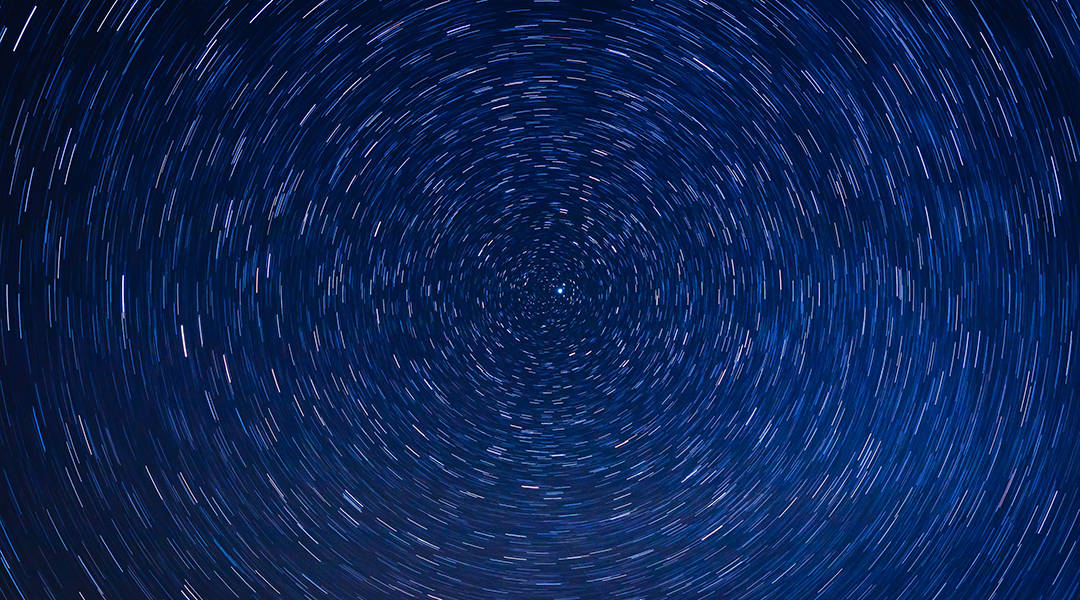
The Unruh effect: Probing the structure of a vacuum
The impact of virtual particles on accelerating objects in a vacuum has never been observed, and a new thought experiment aims to rectify this.
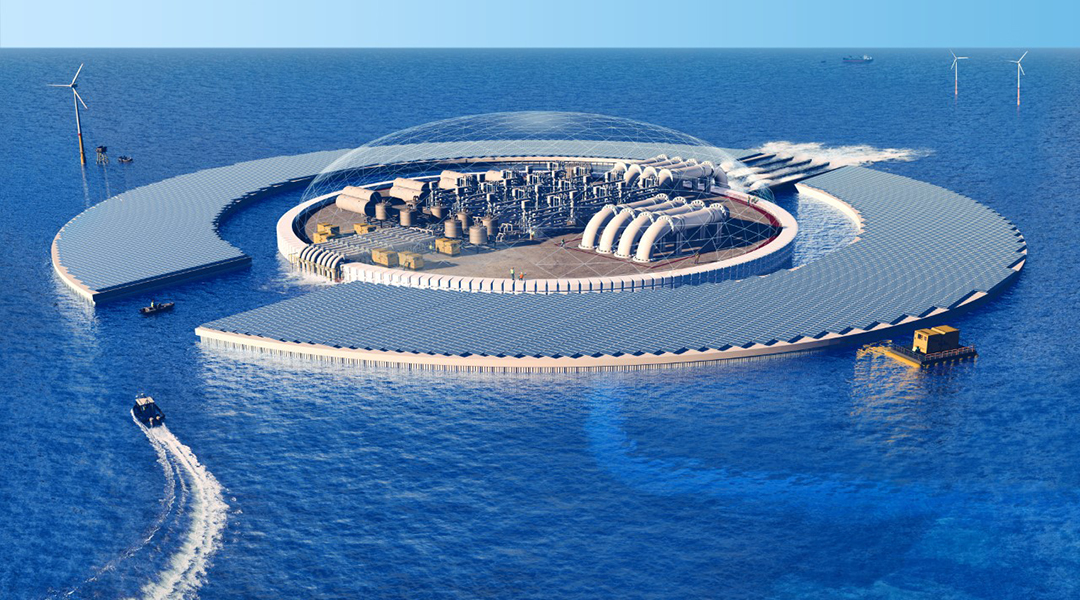
Offshore oceanic CO2 capture
An out-of-the box approach to carbon sequestration proposes an off-shore solution and a fascinating adjunct to direct air capture.
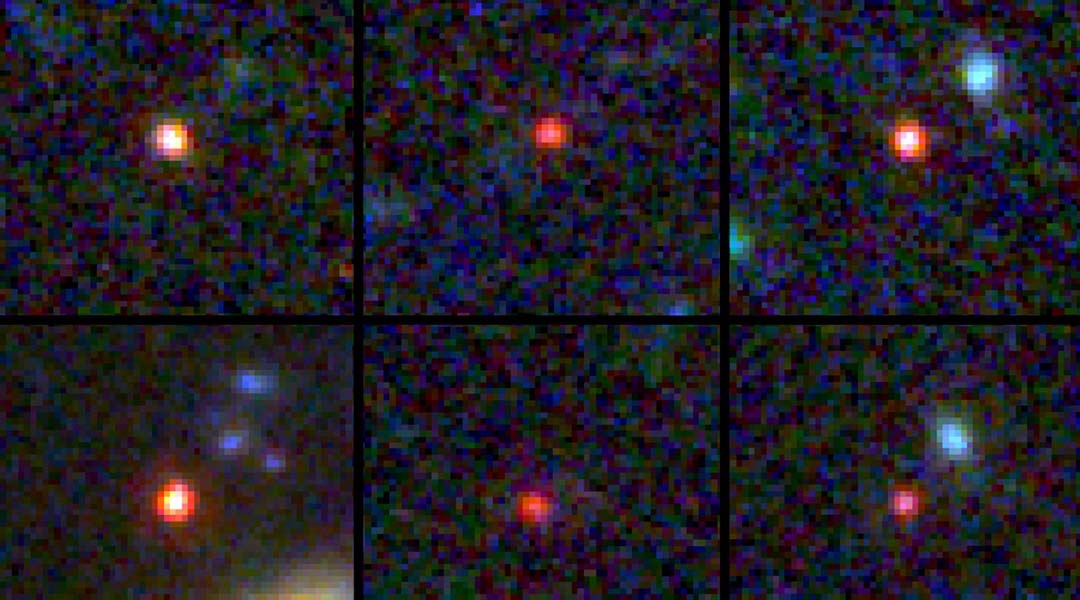
Explaining the “universe breaker” galaxies discovered by the James Webb Telescope
Astronomers report recent observation of six massive galaxies that according to our current understanding of the Universe should not exist at all.
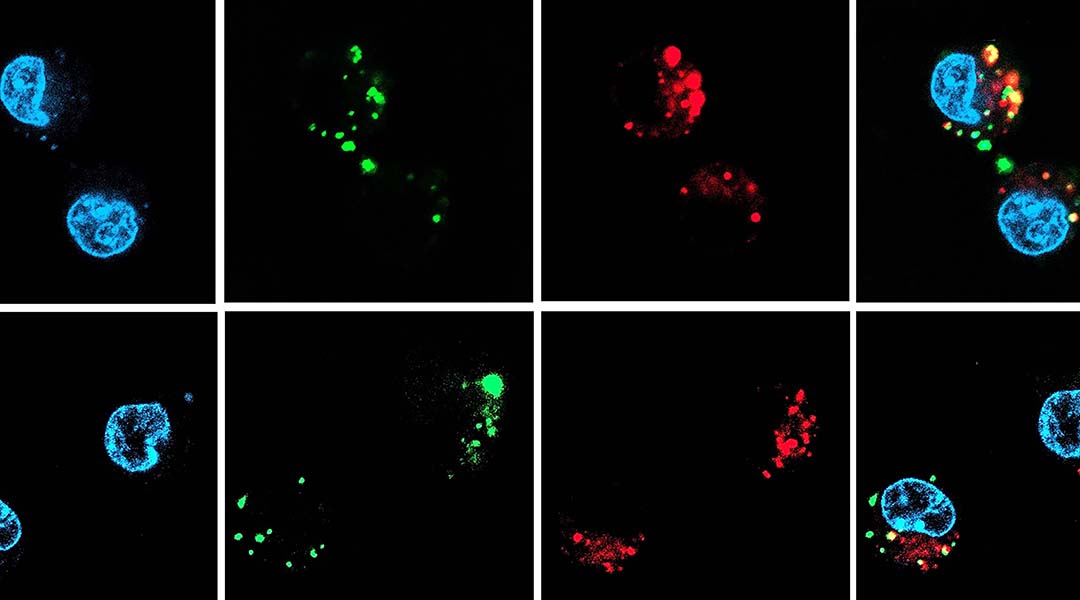
siRNA therapies delivered with oral nanocapsules
Drugs based on nucleic acids are easily degradable and tough to deliver, but a way around this is to coat them in protective carrier.
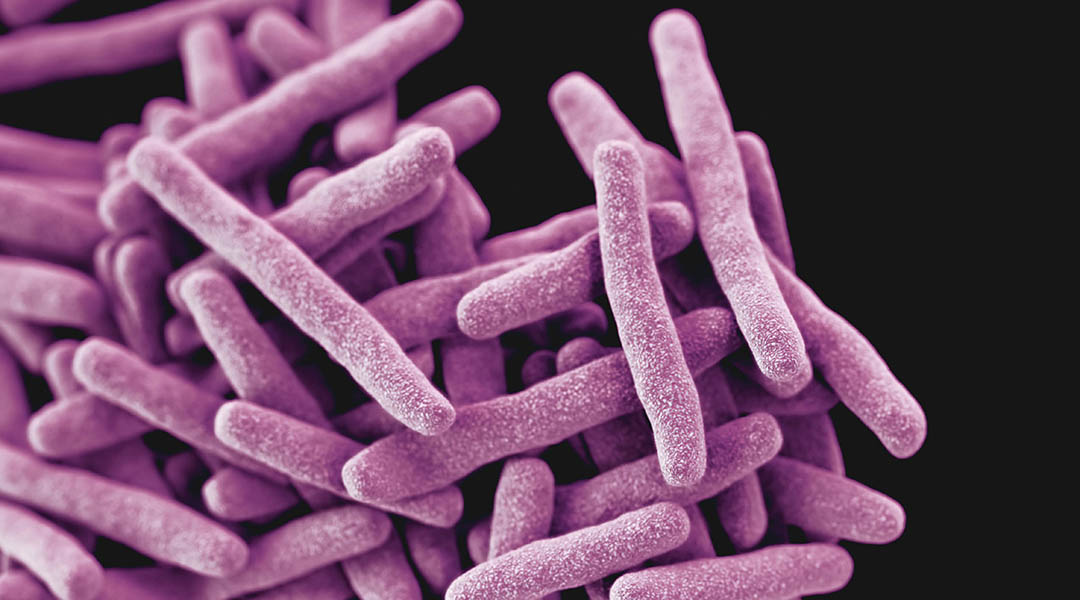
Gaucher disease may have provided genetic protection against tuberculosis
The genetic variant that causes Gaucher disease may have helped breakdown tuberculosis-causing bacteria in cells through lipid buildup.
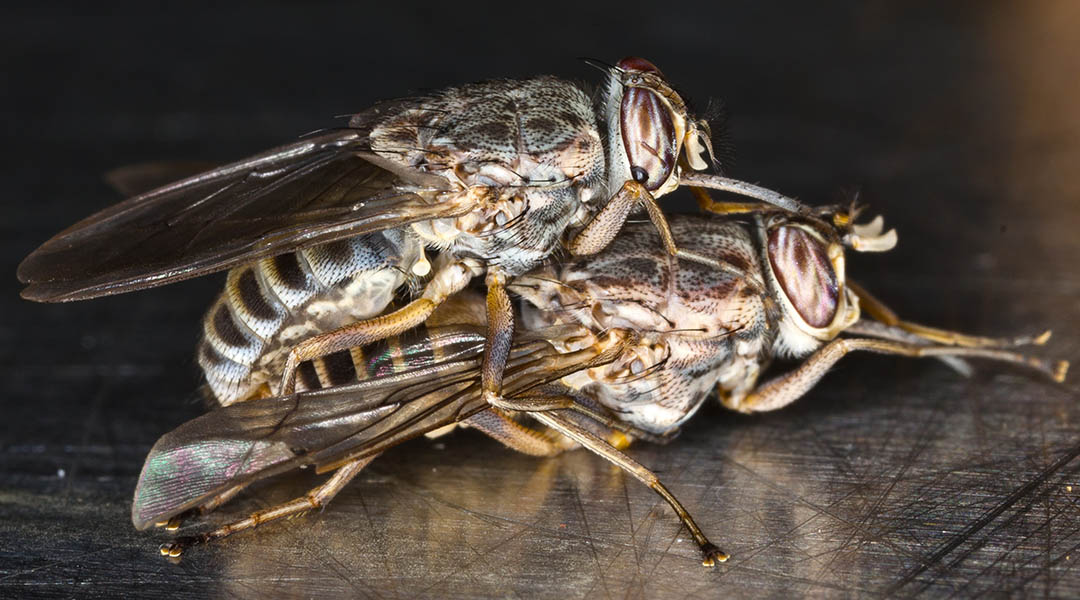
Isolated tsetse fly pheromones could help get sleeping sickness under control
Understanding the chemical language of love used by tsetse flies helps combat the spread of a lethal human parasite.
No Results Found
The page you requested could not be found. Try refining your search, or use the navigation above to locate the post.
No Results Found
The page you requested could not be found. Try refining your search, or use the navigation above to locate the post.
No Results Found
The page you requested could not be found. Try refining your search, or use the navigation above to locate the post.
No Results Found
The page you requested could not be found. Try refining your search, or use the navigation above to locate the post.
No Results Found
The page you requested could not be found. Try refining your search, or use the navigation above to locate the post.
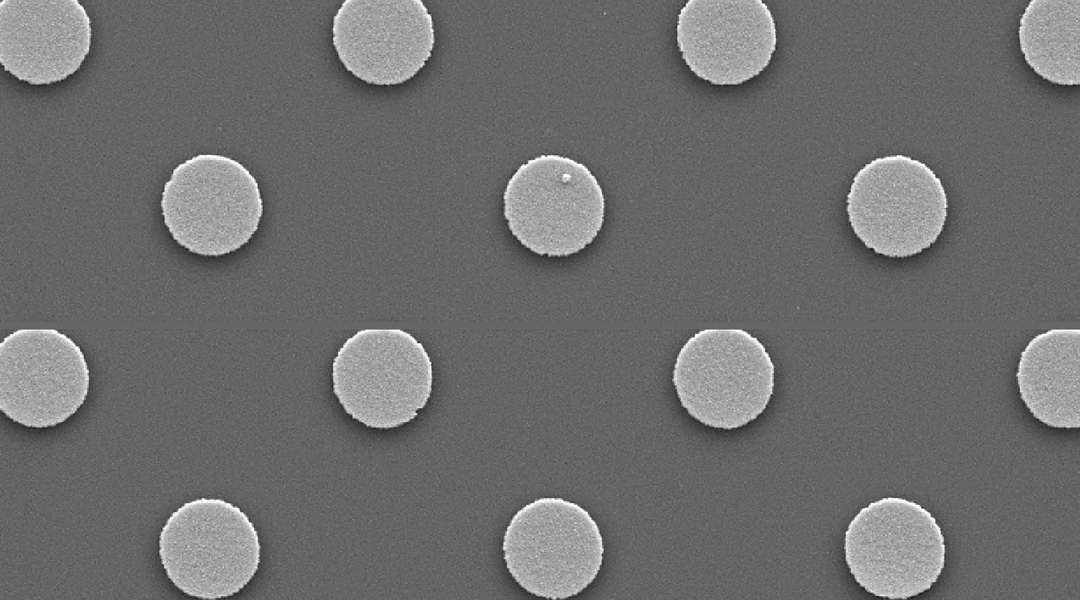
Artificial muscle noninvasively promotes insulin production
A membrane embedded with magnetic microdisks mechanically stimulates pancreatic cells to produce insulin, which could help treat diabetes.

Scientists test the link between tiny subconscious gestures and stress
Capable of measuring stress through micro gestures “EmoSense” could find its way to wearable electronics in the future.
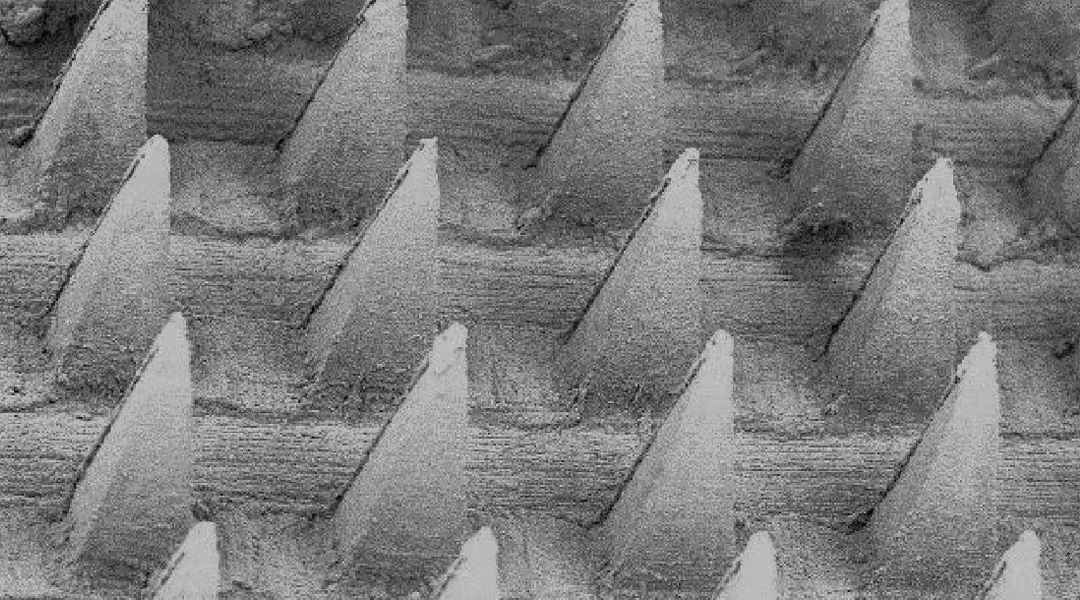
Making long-term microneedle therapies safer
Researchers demonstrate a technique for reliably coating microneedles with antibacterial agents
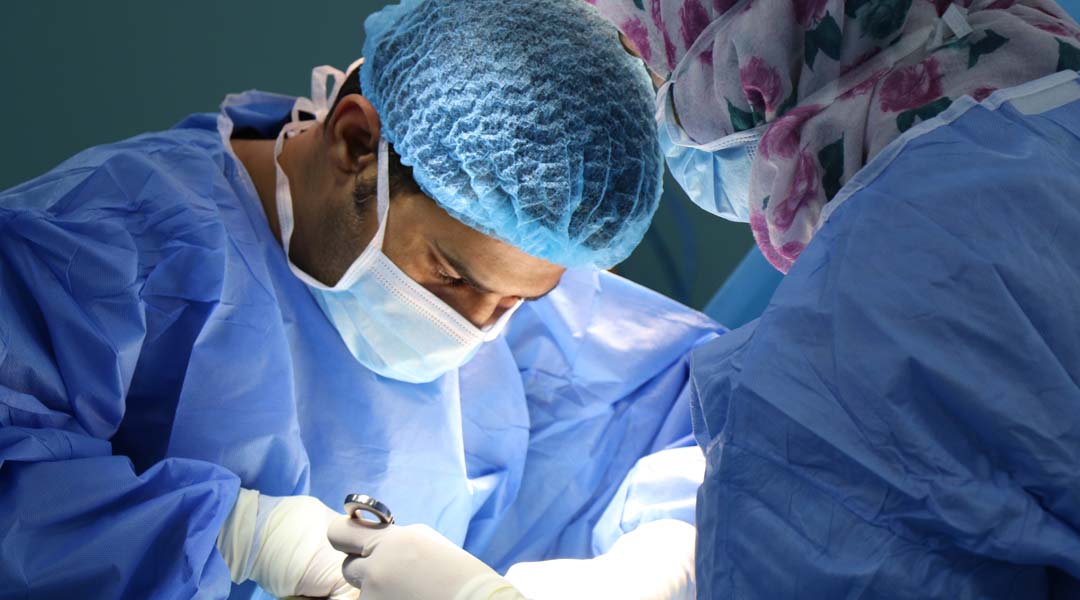
Sealant with integrated sensors rapidly detects leaks after stomach surgery
An acid sensitive hydrogel makes it possible to detect dangerous leaks before they cause damage.
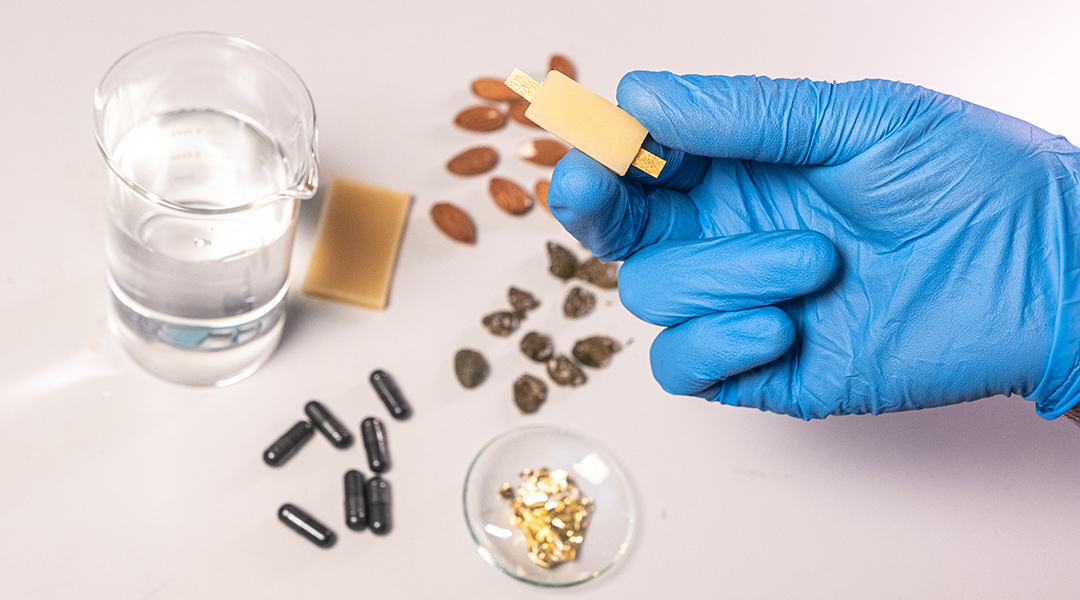
A battery made from food makes edible electronics palatable
An edible and rechargeable battery to power devices used for GI tract monitoring, therapeutics, and analyzing food quality.
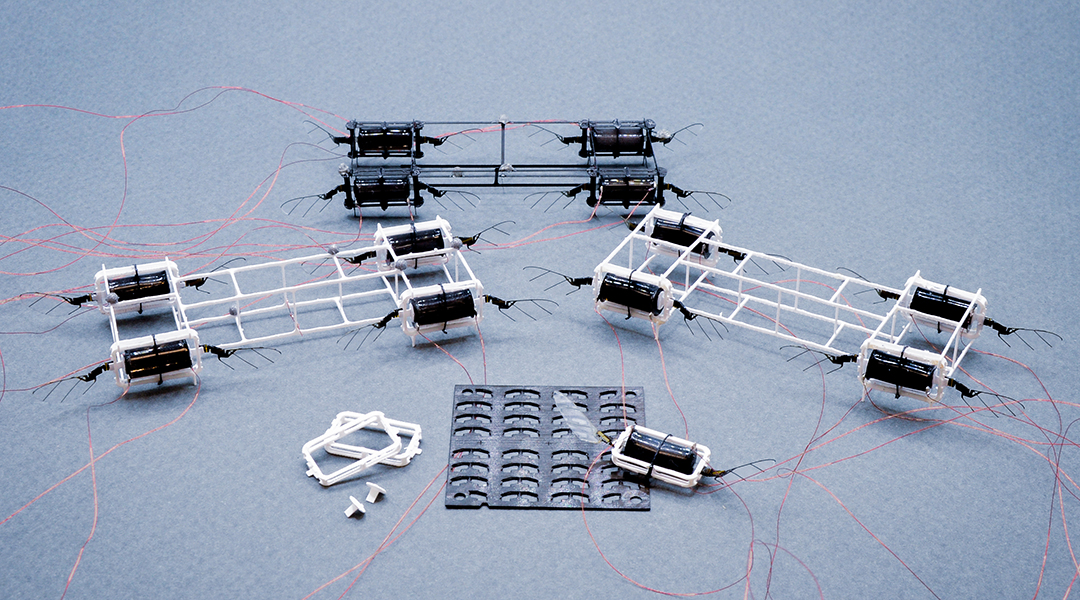
Robotic insects that fly in teams to lift objects
To make swarms of honeybee-sized robots, researchers propose new design and fabrication methods to cut down on time and resources.
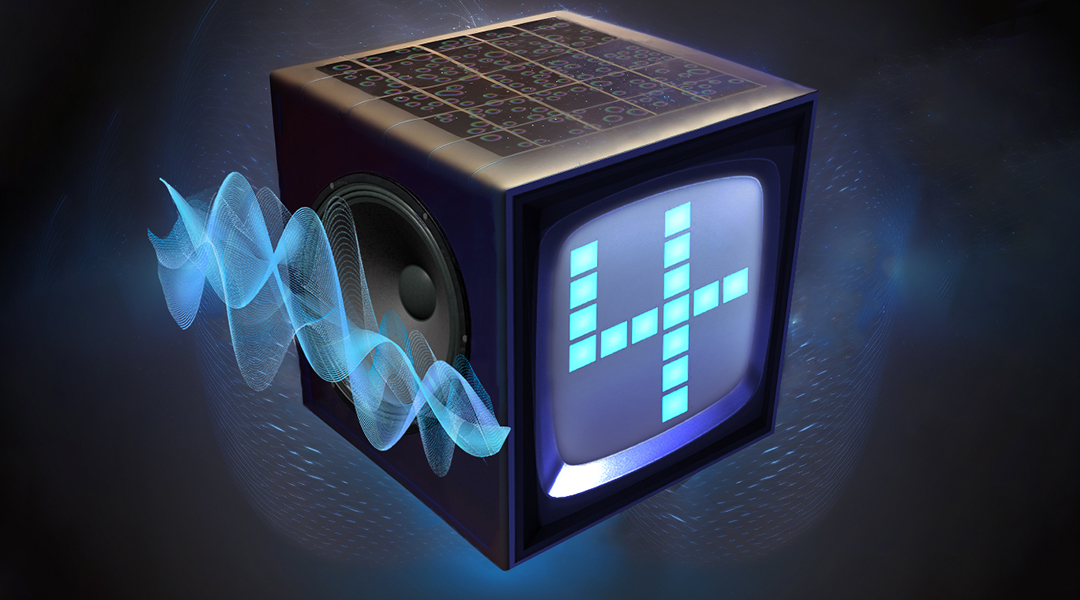
An inanimate material capable of voice recognition
A thin film composed of small magnetic whirls called skyrmions performs voice pattern recognition with an accuracy approaching 99%.
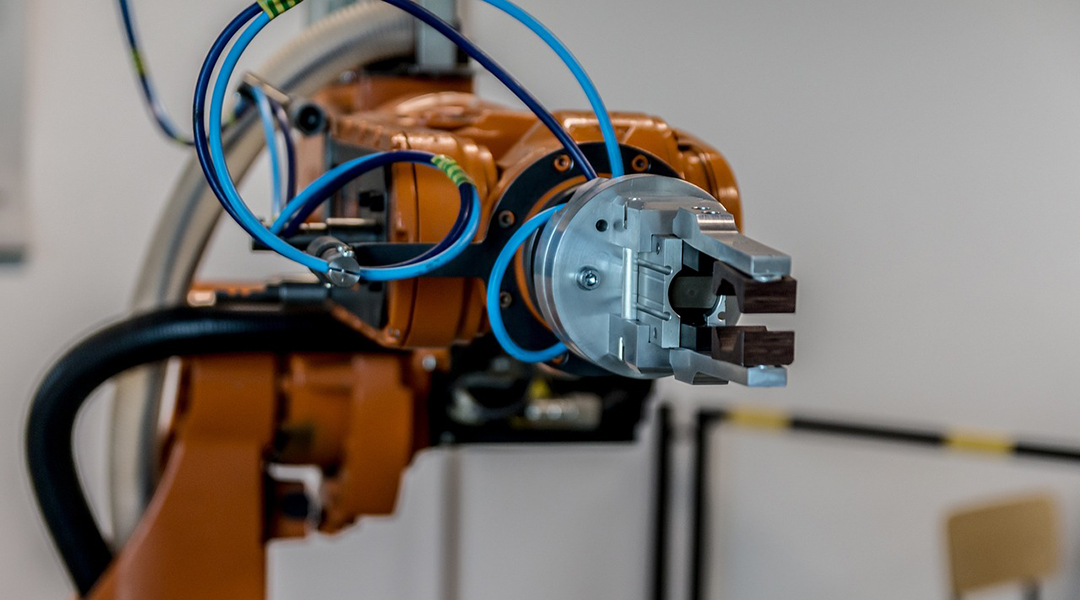
Eye tracker allows users to control robotic arm
An intelligent eye tracker allows for accurate, hands-free remote control of robots without the need for joysticks or other devices.
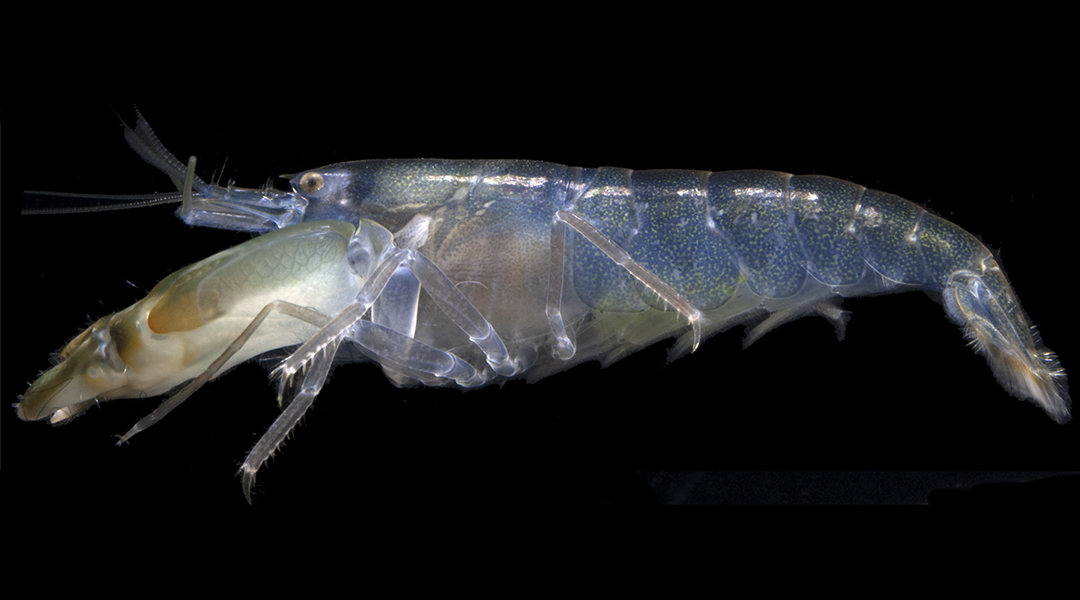
Helmet-like hood protects snapping shrimp from their own shock waves
A natural orbital hood found in snapping shrimp deflects energy from shock waves they produce to kill prey and fight for territory.

Facing the risks climate talks pose to meaningful change
For many, the Paris Agreement was a breakthrough, yet its focus on cooperation and joint action is not enough to tackle the climate crisis.

How do we take the methane out of natural gas?
An MOF filters methane, nitrogen, and carbon dioxide from natural gas with record-breaking selectivity under practical conditions.
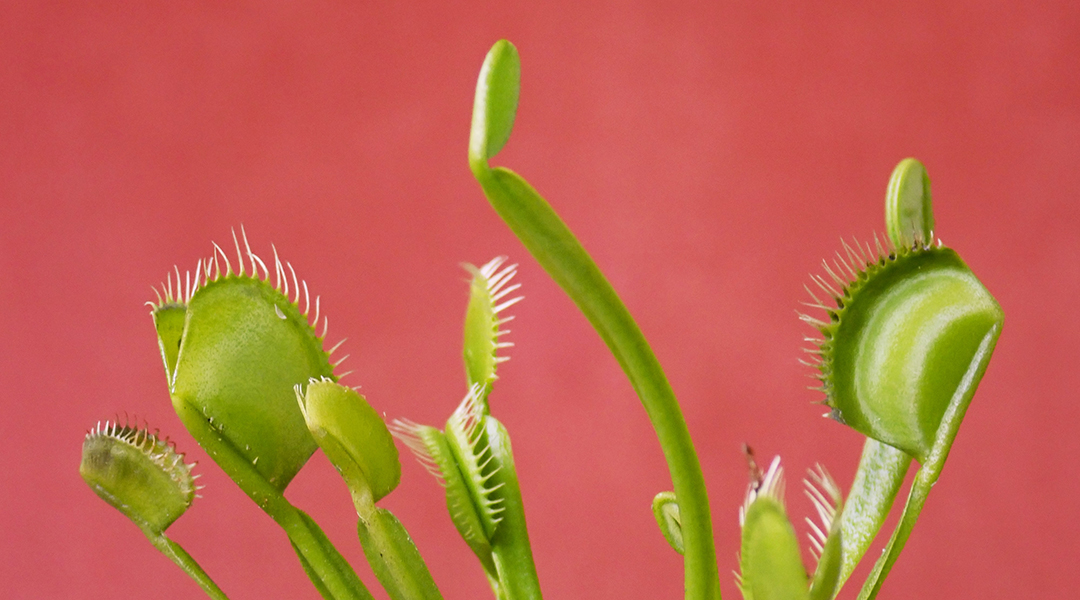
Smooth or with a snap? The mechanics of the Venus flytrap
The reopening of the Venus flytrap may not always be smooth, and new research challenges our previous assumptions about its mechanics.
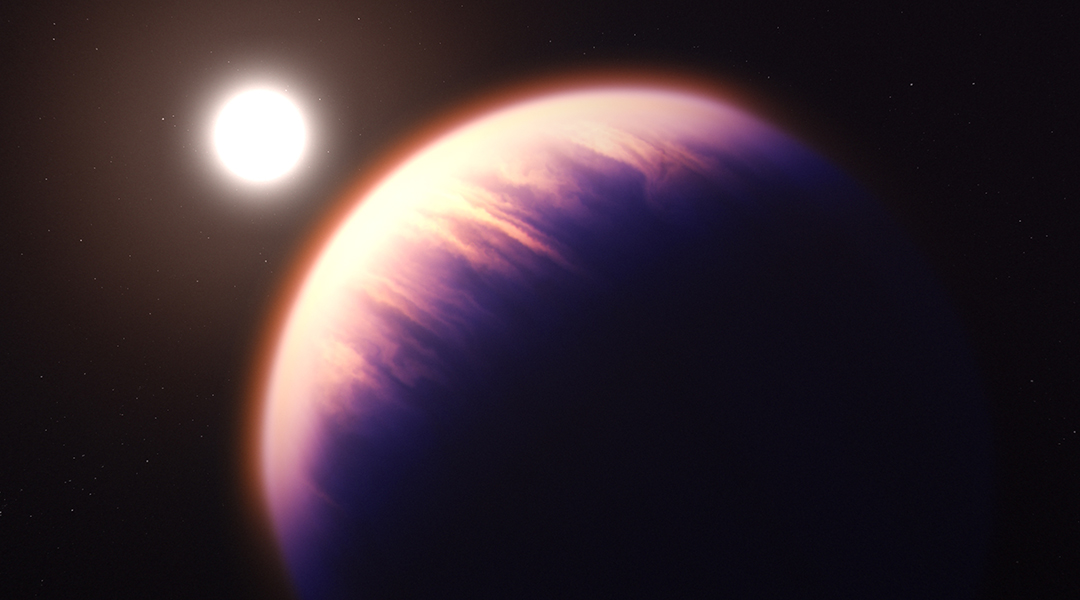
JWST provides unprecedented look at exoplanet WASP-39b
New observations of WASP-39b with the JWST has provided the clearest, most detailed picture of an exoplanet to date.

Evolution of the Universe simulated in a lab
Using the motion of sound waves through a superfluid liquid, scientists can model the Universe’s evolution on a reasonable time scale.
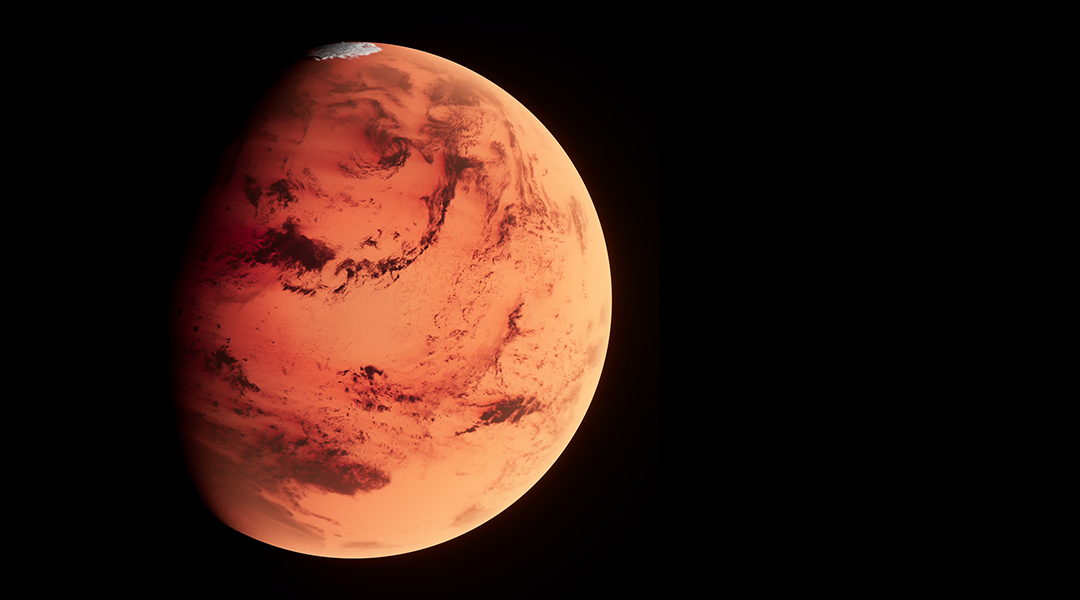
Massive shoreline hints at an ancient ocean on Mars
The 3.5-billion-year-old shoreline provides evidence of an ancient ocean in Mars’ northern hemisphere as well as sea-level rise.

Putting chiral perturbation theory to the test
Scientists put chiral perturbation theory to the test with a set of new experiments that have helped define fundamental properties of protons.



